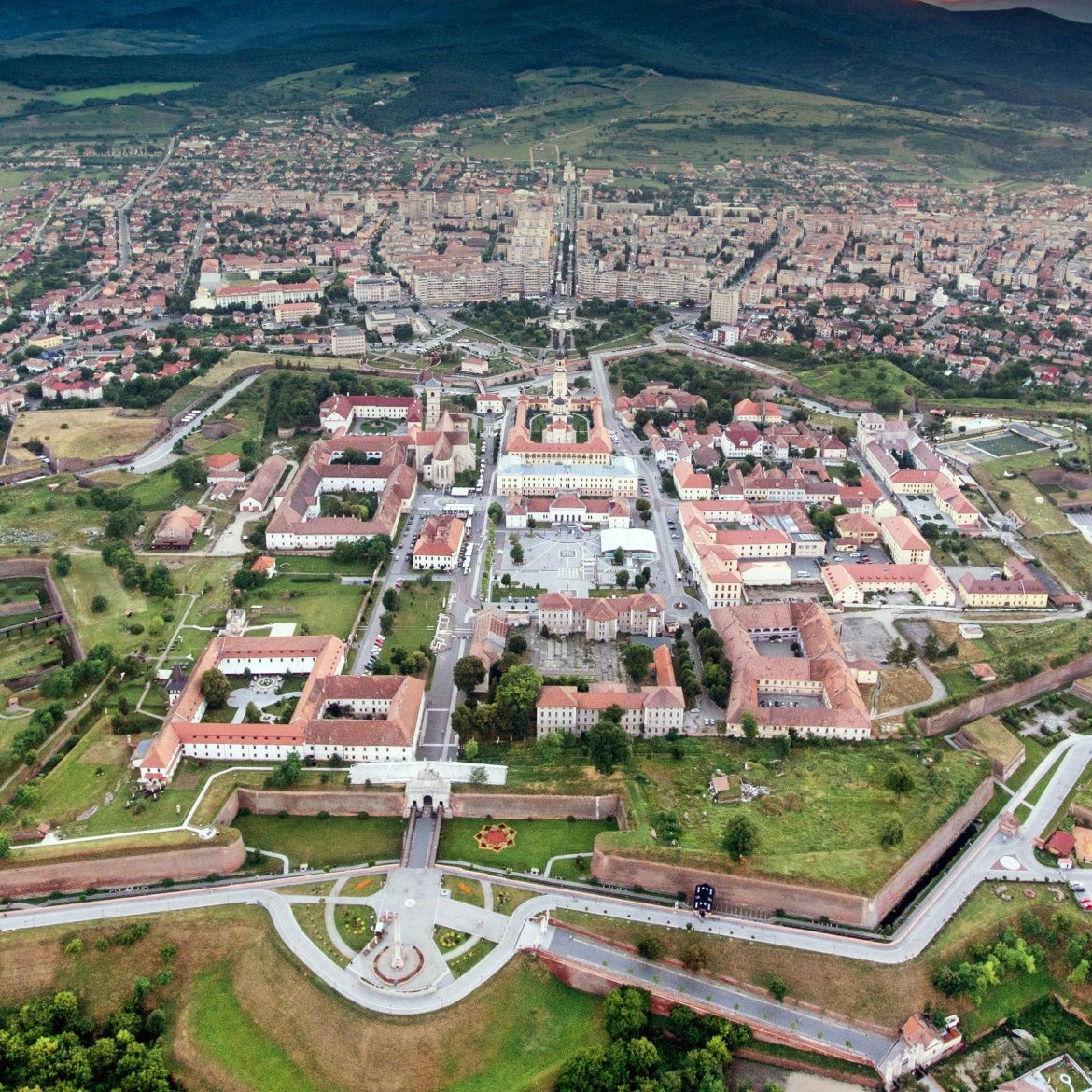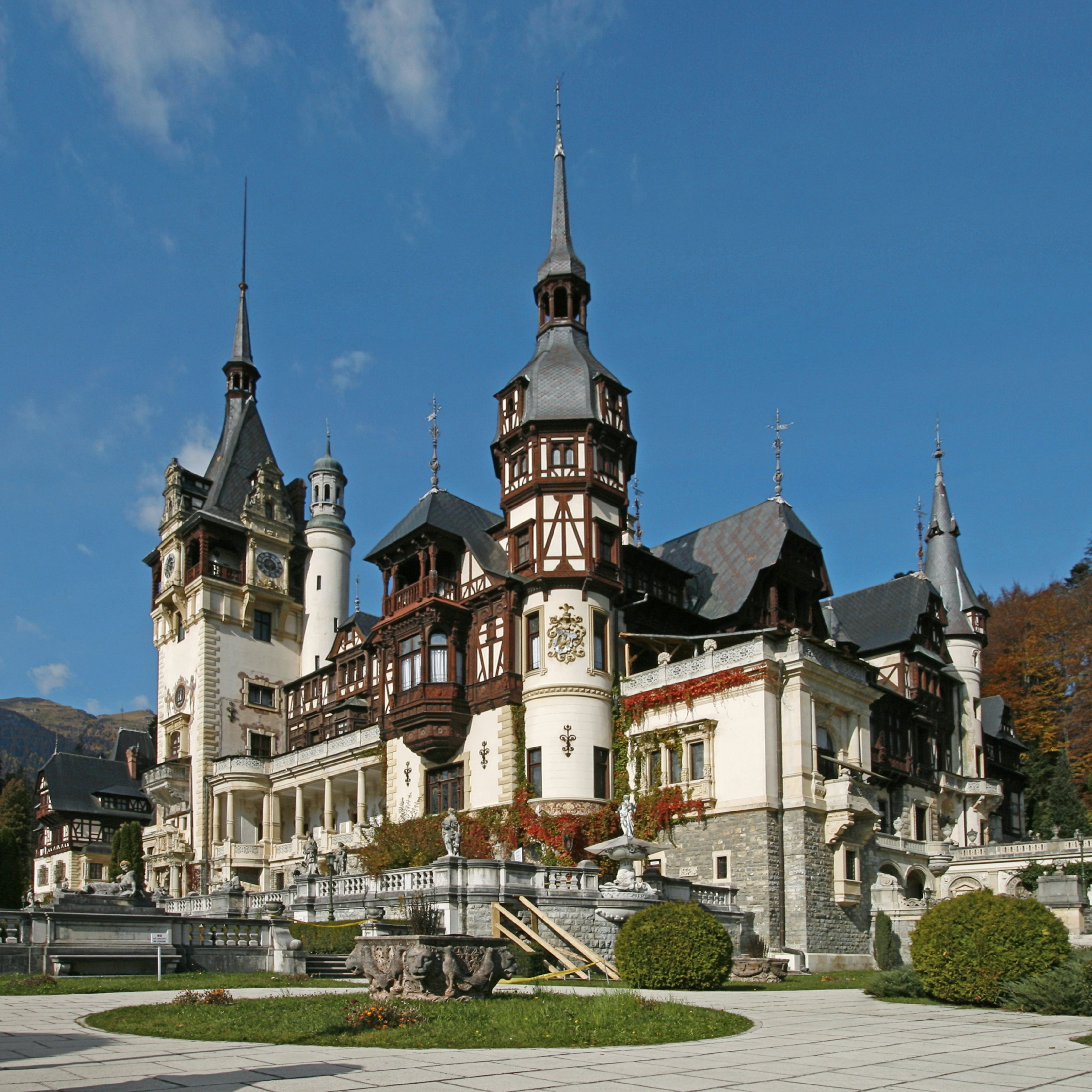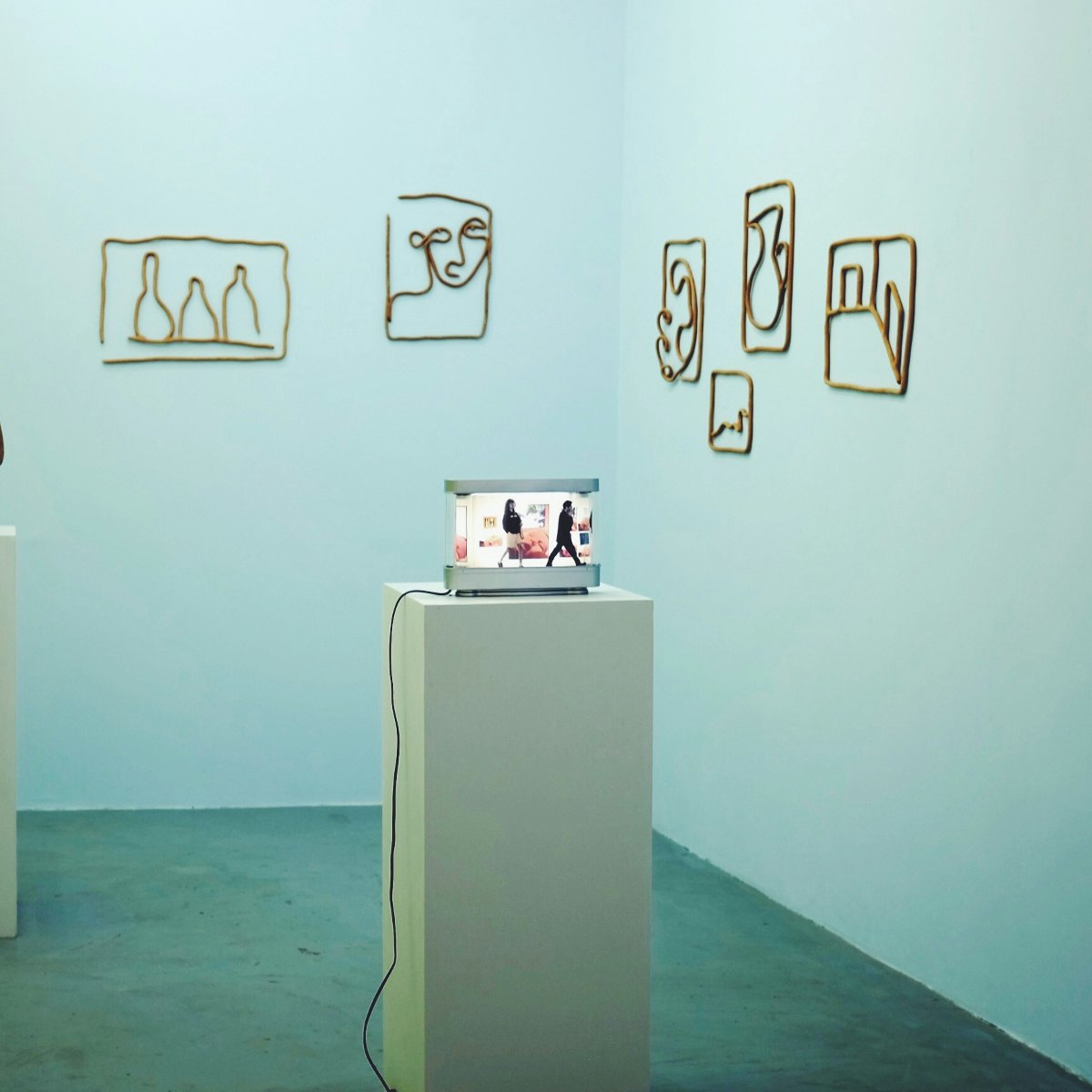
Overview
Transylvania’s forested valleys and Gothic castles are forever embedded in the popular imagination. Even before arriving, most visitors can picture this land of dark fairy-tales, where fog drapes like cobwebs over the Carpathian Mountains.
Plan your trip with Guide, an AI travel planner!
Create a personalized trip itinerary in seconds using artificial intelligence.
Must-see attractions
Planning Tools
Expert guidance to help you plan your trip
Best Things to Do
Discover the best things to do in Transylvania, including visiting storybook castles, exploring medieval cities and hiking dramatic mountains.
Read full article
Things to Know
Plan your time in the magical Romanian region of Transylvania with these tips.
Read full article
Get a book. Get inspired. Get exploring.
in partnership with getyourguide















